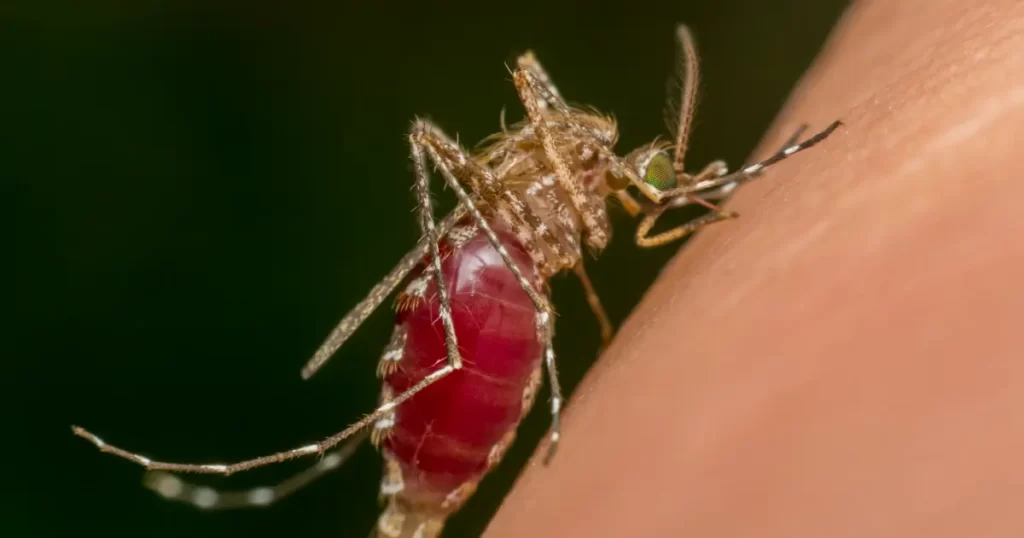This week Jim O’Neill, acting director of the Centers for Disease Control and Prevention (CDC), posted on X calling for vaccine manufacturers to develop separate measles, mumps, and rubella vaccines to replace the combined MMR shot. His statement linked to President Trump’s similar message but provided no scientific rationale for the proposed change, as Reuters reported. No monovalent (single-strain) vaccines for measles, mumps, or rubella are currently licensed in the United States.
This presents an unusual situation. The head of the federal agency responsible for disease control is advocating for dismantling a vaccination program his own agency credits with eliminating rubella and reducing mumps incidence by 99%. Just this January, the CDC’s website celebrated the 20th anniversary of rubella elimination as “one of our greatest public health success stories.”
The head of the federal agency responsible for disease control is advocating for dismantling a vaccination program his own agency credits with eliminating rubella and reducing mumps incidence by 99%.
The timing matters. As of September 30, the United States has recorded 1,544 confirmed measles cases this year, with 191 hospitalizations and 3 deaths. The vast majority occurred in unvaccinated individuals. Those who were vaccinated predominantly had incomplete vaccination series, having received one dose instead of the recommended two. The problem isn’t the formulation. It’s missed doses.
O’Neill’s proposal faces immediate practical obstacles. Merck discontinued its monovalent vaccines in 2009. Creating them would require pharmaceutical companies to conduct new clinical trials, reconfigure production facilities, and secure FDA approval for three separate products. This process would take years, not months.
Data strongly favor combination vaccines
Beyond logistics, the medical evidence strongly favors combination vaccines. A 2017 study found that 69% of children who received combination vaccines completed their full vaccination series, compared to 50% of those whose parents chose single vaccines. This completion gap translates directly to disease vulnerability. Separating vaccines would triple the number of medical visits required for full protection, creating barriers particularly for families with limited resources who struggle with transportation, work absence, and healthcare access.
Japan provides a cautionary tale. After ending MMR vaccination in 1993 owing to aseptic meningitis linked to the Urabe mumps strain, the country experienced devastating consequences. A 2001 epidemic tallied approximately 265,000 measles cases. Japan later adopted routine combined measles-rubella (MR) vaccination in 2006, but mumps vaccination remains non-routine, leaving the population susceptible to periodic outbreaks.
The scientific consensus supporting combination vaccines rests on decades of immunologic research. A Japanese clinical trial found superior mumps immunity with MMR compared to monovalent mumps vaccine, with seroconversion rates – meaning the percentage of blood samples that showed mumps antibodies after vaccination – of 77% to 85% against multiple variations of the virus versus 56% to 66% with the single vaccine. The CDC explicitly states that giving multiple vaccines simultaneously does not weaken immune responses. The immune system routinely processes thousands of antigens—substances that trigger an immune response—daily through environmental exposures; three weakened viruses present no meaningful challenge.
The separation idea originates from Andrew Wakefield’s 1998 paper suggesting the MMR vaccine caused autism, even though it was based on a study of only 12 children. The paper was retracted for fraud, and Wakefield lost his medical license. A 2019 Danish study of 657,461 children found no association between MMR vaccination and autism, even among children at higher risk due to family history.
Some parents worry about vaccine ingredients, especially aluminum-based adjuvants used in some childhood vaccines to boost immune responses. Live-attenuated vaccines like MMR work differently. They contain weakened versions of the viruses that replicate briefly, generating strong immunity without aluminum adjuvants. In other words, the limited replication provides the immune stimulus.
The human cost of these diseases explains why combination vaccines matter so profoundly. During America’s 1964-65 rubella epidemic, 20,000 babies were born with congenital rubella syndrome. When pregnant women contract rubella in the first trimester, there is a 65% to 85% chance of fetal death or multiple congenital defects. Surviving infants face deafness, blindness, heart defects, and intellectual disability. The virus arrests cellular division in developing organs.
The human cost of these diseases explains why combination vaccines matter so profoundly.
Mumps causes orchitis (swelling of the testicles) in 20% to 30% of postpubertal males, sometimes leading to permanent testicular damage. Before vaccination, mumps was the leading cause of viral encephalitis, or brain swelling, and acquired deafness in American children. These complications have become so rare that most American physicians have never seen them.
Immediate risk without evidence of benefit
O’Neill’s statement creates immediate risk. Parents hearing the CDC director question vaccine safety may delay or skip vaccination while waiting for alternatives that do not exist and will not exist for years. Historical precedent demonstrates this danger. The United Kingdom experienced years of measles outbreaks after MMR uptake dropped following Wakefield’s discredited claims. Trust, once broken, takes years to rebuild—while diseases return within months.
Routine childhood immunization saves $2.7 trillion in societal costs over a generation’s lifetime. The CDC has long noted that combined MMR is cheaper than separate vaccines and improves prospects for disease elimination. The World Health Organization’s elimination strategy relies on MR or MMR in routine programs. No country pursuing elimination uses separated vaccines.
O’Neill offers no evidence for his proposal, because none exists. No immunologic principle supports separation. No safety data justify abandoning a program that has protected millions of children for more than 50 years. What we have instead is the acting CDC director resurrecting a fraud’s discredited theory while measles spreads through American communities at rates not seen in decades.
Public health leadership requires the courage to maintain successful programs against political pressure. It requires remembering that behind every statistic is a child whose life depends on decisions made in government offices and examining rooms. O’Neill’s statement fails on both counts. The children suffering from measles today—and those who will suffer tomorrow if vaccination rates drop further—deserve better from the institution charged with protecting their health.
Dr Scott is a clinical associate professor specializing in infectious diseases at Stanford Medicine.
The opinions voiced in CIDRAP Op-Ed pieces are the authors’ own and do not necessarily represent the official position of CIDRAP.













